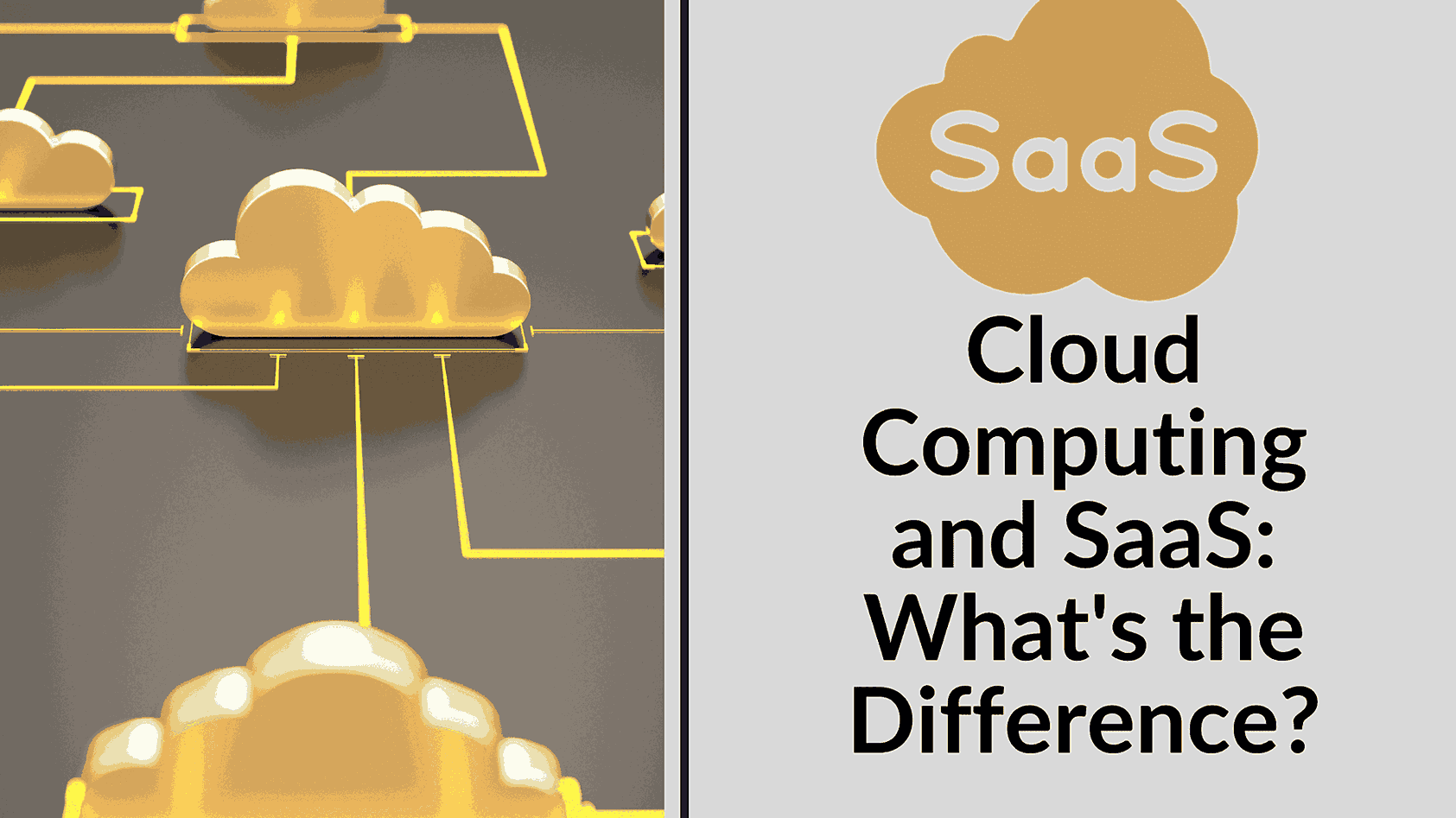Cloud Computing and SaaS: What’s the Difference?
- Data as a Service (DaaS) Software Marketing & Analytics


In today’s tech-savvy world, terms like “cloud” and “SaaS” have become ubiquitous. As you explore various technology options for your business, you’ll encounter phrases like cloud-based, hosted, SaaS, IaaS, or PaaS. It’s essential to grasp the distinctions between these terms because they significantly impact how you interact with the technology you rely on daily.
Cloud Computing Defined
Cloud-based software is no longer an emerging technology; it’s now mainstream, and you probably use it regularly, knowingly or not. From organizational tools like Trello and Slack to enterprise resource planning (ERP) solutions like NetSuite and email platforms like Mailchimp, cloud-based business applications have proliferated. In 2021, Gartner projected that global spending on public cloud services would grow by 18.4%, reaching $304.9 billion, reflecting its widespread adoption.
In simple terms, the cloud can be thought of as the internet itself. When you use cloud-based software, you leverage the internet (the cloud) to access the application from anywhere with an internet connection and a web browser. Whether you’re at your office, home, or even an airport, it doesn’t matter; all you need is WiFi.
Technically, cloud computing refers to the on-demand availability of computing resources such as servers, storage, databases, and networking over the internet. It makes data centers accessible to numerous users, allowing them to benefit from shared infrastructure and resources.
Cloud Computing vs. Traditional IT
Before the era of cloud computing, businesses had to maintain their own on-premises servers and hardware to run software applications. Installing software often required physical media like CDs or DVDs.
However, self-hosting can be costly, time-consuming, and limiting, as it restricts software access to specific locations. Cloud computing revolutionized this scenario by eliminating the need for companies to own and operate their hardware and software assets. Instead, they partner with cloud service providers who host software on remote servers, stored in data centers across the globe.
Cloud computing is a game-changer for IT, reducing the complexity of setting up, maintaining, and securing resources. According to Gartner, cloud’s share of total global enterprise IT spending is projected to reach 14.2% in 2024, up from 9.1% in 2020.
In essence, cloud computing is a force driving various industries, optimizing IT costs, supporting remote workforces, and fostering mobility and collaboration.
Cloud Software Benefits and Examples
Cloud computing offers numerous benefits. You no longer need to worry about hosting, maintaining, upgrading, or securing servers for your software applications. Real-time data access is readily available, and costs are typically lower since you pay for the server space you use, with the flexibility to scale resources as needed.
Key cloud service providers include Amazon Web Services (AWS), Google Cloud Platform, Microsoft Azure, IBM Cloud, and Oracle Cloud Infrastructure (OCI). They manage the physical infrastructure, while you focus on the applications you run on their servers.
Introducing Software as a Service (SaaS)
Software as a Service (SaaS) is a software delivery model where a cloud-based application is licensed to users. The application runs on the SaaS provider’s servers, meaning users don’t need to install or maintain it locally. SaaS applications are usually licensed on a subscription basis, with pricing based on the level of service and the number of users required.
The SaaS provider takes responsibility for the security, performance, and maintenance of the application, ensuring users can access it via the internet.
SaaS Benefits and Examples
SaaS applications offer similar advantages to cloud computing, providing real-time access to software without the need for server maintenance. Popular business SaaS applications include Salesforce (a CRM), Quickbooks Online (accounting), Zoom (video conferencing), and Slack (team communication).
It’s worth mentioning that there are other cloud service models, such as Infrastructure as a Service (IaaS) and Platform as a Service (PaaS), which offer different capabilities.
Cloud vs. SaaS: The Key Differences
The distinction between cloud computing and SaaS lies in the level of control and customization. With cloud computing, you can customize and manage software applications on remote servers provided by a third party. You access your data on these servers via the internet.
On the other hand, SaaS entails paying a subscription to access a pre-built, cloud-based software application via the internet. While this relieves you of software maintenance responsibilities, it may limit your ability to customize the application.
NChannel: A Hybrid Example
NChannel, for instance, represents both cloud computing and SaaS. They offer a cloud-based integration software that connects various retail systems. They maintain and manage the application on remote servers in the cloud, while customers access it via the internet, paying a monthly subscription.
In conclusion, cloud computing and SaaS collaborate to deliver easy-to-access, cost-effective software applications to diverse users. These technologies have revolutionized the way businesses operate, fostering efficiency and flexibility while reducing the burden of maintaining local infrastructure. As cloud adoption continues to grow, understanding the differences between cloud and SaaS becomes increasingly vital in navigating the modern tech landscape.
Understanding the differences between cloud computing and SaaS is crucial for businesses and individuals looking to optimize their tech stack. With the help of Subscribed.FYI, you can easily compare and manage your SaaS subscriptions in one place. This platform provides comprehensive insights, including pricing, reviews, and important information about SaaS tools, enabling you to make informed decisions based on your specific needs. Additionally, by signing up for Subscribed.FYI Deals, you can unlock member-only savings on 100+ SaaS tools, helping you save big and streamline your expenses.
Don’t miss out on the opportunity to take control of your SaaS subscriptions and make informed decisions. Visit Subscribed.FYI and start managing your SaaS stack more effectively today.
Relevant Products:





